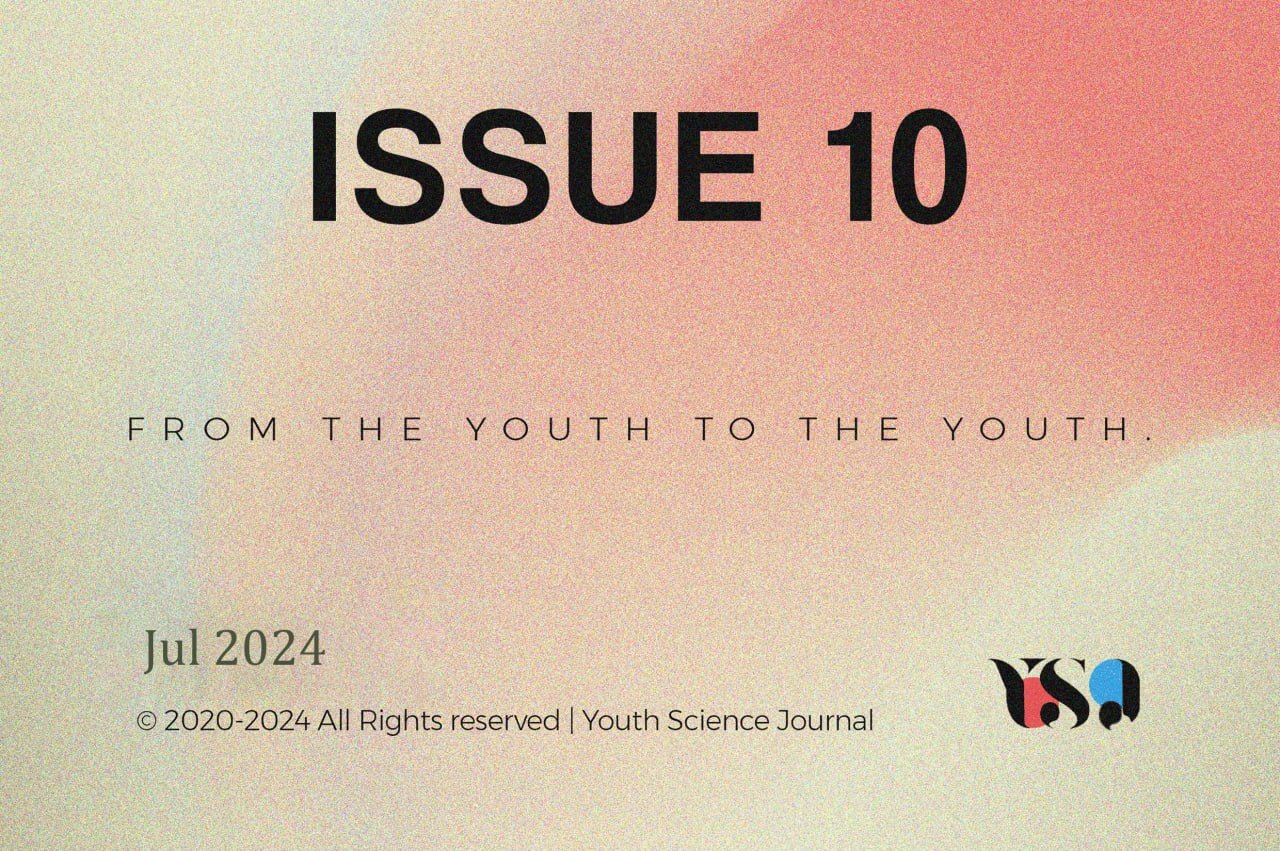Abstract
For thousands of years, humans have marveled at auroras – lights from solar winds interacting with Earth's magnetic field. Although we know a lot about auroras in our solar system, we are just starting to study them on exoplanets. Studying these lights on other planets helps us learn about their magnetic fields, winds, and atmospheres. This review dived into emerging exoplanetary aurora research, studying how we detect them from far away. We discussed what these auroras can tell us about magnetism, habitability, and possible life beyond our solar system. The Aurora borealis indicates planet habitability by indicating a magnetic field, which is crucial for life as it helps to maintain water on the surface of the planet and protects it from harmful radiation from its parent star. The study of auroras in exoplanets is essential to our understanding of the universe and its diverse phenomena. We also explored the challenges of observing exoplanetary auroras, shedding light on future discoveries about these radiant displays. Delving more into potential biosignatures, it can be stated that the magnetic fields of the exoplanets can be one of the leading signals of their habitability. According to our analysis of various works such as those of Ramirez and Lazio, who considered magnetic fields to be of great importance in protecting habitable zones, we concluded that auroras are reliable indicators of any form of life on exoplanets.

